Somali People and their Culture in Kenya
Who are the Somali People in Kenya? The Somali are grouped as a Cushitic tribe who live in North Eastern Province of Kenya.
They are believed to have their origin in the Ogaden region in Southern Ethiopia. Their population is about 500,000 people leaving in north eastern of Kenya.
The Ajuran and the Ogaden sub groups live in Kenya as well as Somalia and Ethiopia.
The Somali tribe speaks Somali language although variations and dialects of the Somali language are spoken by different clans living in Somalia, Djibouti, Ethiopia as well as Kenya.
The Somali language is of great importance since they place high value on poetry, speech and general linguistic skill. Somalis practice a nomadic pastoralist way of life, keeping flocks of camels, some goats, sheep, and indigenous cow herds.
Meat and milk is the Somali main diet but they also include pasta an acquired food from Somali's colonial past by Italians. Somalia culture is a part of Islamic culture, where many of their customs are based in that religion.
Location of Somali People in Kenya:
The Somali of Kenya are part of a much larger people group which inhabits almost the entire Horn area of Africa.
The majority of the Somali people live in the country of Somalia. Somali are also the principle inhabitants of the Ogaadeen (Ogaden) region of Southeastern Ethiopia, the country of Djibouti, and the North Eastern Province of Kenya. There are perhaps 6 million Somalis, including the Digil-Rahawiin.
History of Somali People in Kenya:
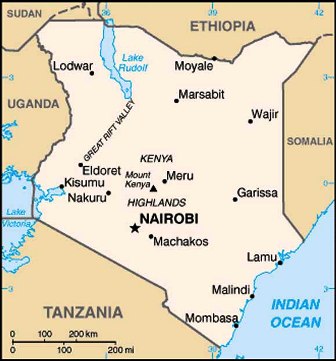 the map of kenya showing somali land communities
the map of kenya showing somali land communitiesFirm evidence for the history of the Somali people dates back to only about AD 1000. -Ahmed, Ali Jimale, Ed. The Invention of Somalia (New Jersey, U.S.A.: The Red Sea Press, Inc., 1995), p. 233-256.
There are folk genealogies tracing certain Somali clans to the Arabian Peninsula and associating their ancestors with the Sharifs, the family of prophet Mohammed. Linguistic, cultural and historical evidence, however, indicates they came originally from the southern highlands of what is now Ethiopia.
The basis of such claims to Arab origin may lie in trading and marriage alliance relations with old Arab colonies on the Somali coast. Anthropological studies indicate the Digil-Rahawiin (Maay-speaking) peoples represent the earliest migration group and also the most southern.
The Somali peoples were never under any unified political structure. Sporadic attempts such as the Gareen dynasty from the Ajuuraan in Central/Southern Somalia in the 1500s (Cassanelli 1992) and the Bartire around Jigjiga, Ethiopia, in the late 1700s were overthrown violently by other clans.
The clans, with various genealogical ties, or political or military alliances, have provided a broad, loose identity. In the colonial era, the various European powers easily established a hegemony, then a dominance over various divisions of the Somali peoples.
Identity of Somali People in Kenya:
Somalis are not a unitary people group, but a grouping of broad clan federations since they are divided by language and by clan conflicts.
Although all Somalis profess strong allegiance to Islam the traditional clan rivalries claim a higher allegiance. Clan identity is maintained even when groups come to speak non-Somali languages.
In reference to the outside world, however, there is still a sense of broader identity as Somalis. Many people of Somali ethnic origin who now speak other languages may still identify themselves as Somali to outsiders.
Some people who formerly spoke Somali languages, like the Sakuye and Gabbra, no longer consider themselves part of the Somali peoples.
Language of Somali People in Kenya:
The Somali language is a member of the Eastern Cushite family of languages. The language situation, however, is quite complex. Linguists analyze several languages among the Somali peoples which are not mutually intelligible.
70-80% of Somali in Kenya speak various mutually-intelligible dialects of standard Somali. But others speak Maay (a language related to Somali) or Garre-Ajuuraan (an Oromo language close to Borana) as a mother tongue. Many Somalis speak various languages as a second language.
Political Situation of Somali People in Kenya:
The Somali clans were nomadic, though they maintained established boundaries for the herding area of each clan and sub-clan. There was never any established political system which encompassed all the Somali people.
When the Oromo people began spreading out in their turn from the Ethiopian southern highlands, the Somali clans did resist their encroachments on recognized Somali settlement and herding areas.
Nevertheless the actual borders were somewhat vague and flexible, and military clashes were common among the Somali clans themselves.
In the colonial period, borders of lands ruled by France, Britain, Italy and Ethiopia were drawn across land where the Somali peoples lived.
The Italians ruled the southern area of Somali bordering the old Kenya Colony, and in 1925 the British ceded a section of Kenya colony to Italy.
The Ogaadeen/Hawd area of British Somaliland was ceded to Ethiopia after WW II, settling a firm border between Ethiopia and British Somaliland. This separated the Ogaadeen clan from other clans.
These borders have been maintained to the present, with Ethiopia and Kenya defending the territories in their colonial borders from attacks by Siad Barre who attempted to reclaim the "Greater Somalia" of pre-colonial times.
There has always been tension and rivalry between the clans, growing to military conflicts at times. This was diminished under colonial administration, but flared up again at times after independence and the unification of British and Italian territories for the first time in history.
After the total breakdown of order in the civil war of the 1990's, the north (former British Somaliland) restored order and peace shortly, while Mogadishu and the southern areas continue in self destruction.
Somali Clans in Kenya
Clans are the basic point of cultural and political identity for Somalis. Clans are genealogically based and cut across language lines. The following chart shows how the Somali of Kenya are divided:
Hawiye: Murale--found in Mandera District.
Ajuuraan--found in Wajir, Marsabit and Isiolo.
Hawiye Allies: Garre--found in Moyale, Mandera and Wajir.
Degoodiya--found in Wajir, some in Mandera, a few in Garissa, Marsabit and Moyale.
Daarood-Ogaadeen--found in Wajir and Garissa District.
Daarood-Harti--found in Nairobi, Mombasa and towns throughout Kenya, including towns of North Eastern.
Isxaaq (non Daarood, non Hawiye)--found in Nairobi, Mombasa and other towns, and towns of North Eastern.
Customs of Somali People in Kenya:
These nomadic, pastoral people have a culture primarily centered around camels with a few cattle and goats in the more productive areas. Women and young children care for sheep and goats while the young men and boys are responsible for herding the highly esteemed camels.
In a land that has an average rainfall of less than four inches a year the Somalis' lives are consumed with finding water and grazing land for their livestock. Formerly, the diet consisted almost entirely of milk and milk products but now includes maize meal and rice for most.
Families live in portable huts; each wife has her separate hut made of bent saplings and woven mats. Villages consist of a group of huts for related families arranged in a circle or semi-circle with cattle pens in the centre. Home building and home making are the women's responsibility.
Men herd and protect the camels and cattle (cattle mainly in area south of Garissa and camels mainly to the north), women take the responsibility of milking the animals, food preparation and family nurture.
Many refugees from Somalia in Nairobi and Mombasa are involved in innovative commercial ventures. Kenyan Somalis are small town merchants in Maasai and Turkana areas.
The Somalis love to chew qaad (khat), also called miraa, a mild stimulant. In Kenya, many Somalis are longhaul transport drivers and chew miraa to stay awake on long trips. Miraa is also a social pastime. The Somalis love poetry and have a rich oral tradition in poetry.
A man is allowed four wives under Islamic law and polygamy is widely practiced. Divorce is the prerogative of men only and is easy and common among the Somali. In case of divorce the children are divided by gender, boys to the father and girls to the mother.
Religion of Somali People in Kenya:
The Somalis accepted Islam in the 1400s or, according to some scholars, even the 1200s. Their commitment to Islam has led to the development of legendary claims of lineages in the Arabian Peninsula, but these claims are not supported by linguistic evidence and other oral traditions.
Some Somalis may refer themselves as Arabs. These people staunchly profess unwavering commitment to Islam, but the Islamic teaching of unity is superseded by clan loyalties and destructive philosophy of individualism.
In recent years, the Borana "Ayaana" possession cult has been growing in Mandera and Wajir districts. At the same time Islamic fundamentalism has been gaining ground over the traditional Sufi mystical orders.
Fundamentalists have established NGOs and brought financial aid from Muslim organizations in Sudan, South Africa, North America, Europe, Kuwait, Pakistan, Saudia Arabia and Iran. Reformers have opposed the veneration of saints and Muhammed and ecstatic rituals. Traditionalists often react violently against the attempts at change.
Christianity with Somali People in Kenya:
Efforts at Christian mission have met with little success. The Somali are a very proud group and associate Christianity with people whom they regard as inferior. There are only a few hundred Somali Christians worldwide. In Somalia sources report that about 0.01% of the Somalis are Christian. Somali Christians are despised.
Much contact work has been done by Christians working in medical, aid and literacy ministries in refugee camps in Kenya, where some Somalis have been interested and responsive. The gospel is most clear to them when it is presented in Biblical poetic stories.
The entire Bible is available in standard Somali. Somali literacy is about 25%. Radio broadcasts and taped Christian messages are more successful, attested by mail responses to the broadcasts. Somali-language Bible correspondence courses have had some modest success.
Away from their native home Somalis are today found in almost every major town in Kenya engaging in business where they have become successful business entrepreneurs in major cities of Kenya
More about Afican Culture
Kenya Cultural Origins |
Kenya Student Rules |
Kikuyu People |
Luo in Kenya |
Masai People |
Samburu People |
Student Class Rules |
Turkana People in Kenya |
Recent Articles
-
Garam Masala Appetizers ,How to Make Garam Masala,Kenya Cuisines
Sep 21, 14 03:38 PM
Garam Masala Appetizers are originally Indian food but of recent, many Kenyans use it. Therefore, on this site, we will guide you on how to make it easily. -
The Details of the Baruuli-Banyara People and their Culture in Uganda
Sep 03, 14 12:32 AM
The Baruuli-Banyala are a people of Central Uganda who generally live near the Nile River-Lake Kyoga basin. -
Guide to Nubi People and their Culture in Kenya and Uganda
Sep 03, 14 12:24 AM
The Nubians consist of seven non-Arab Muslim tribes which originated in the Nubia region, an area between Aswan in southern
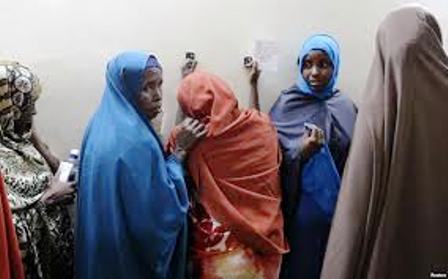
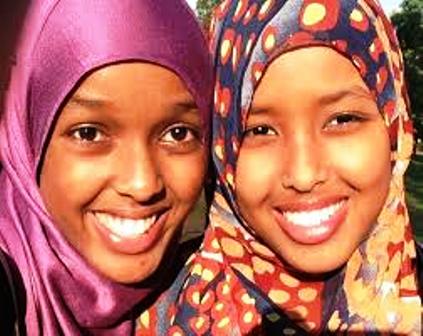

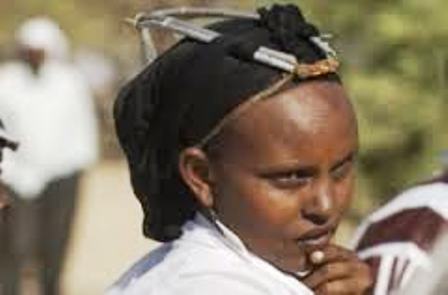
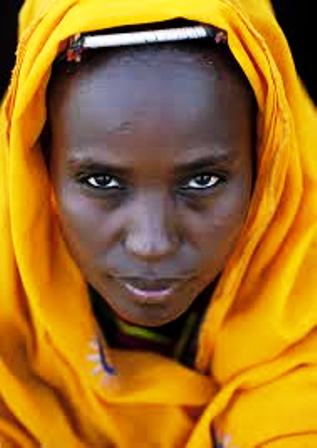
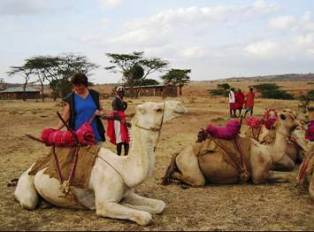
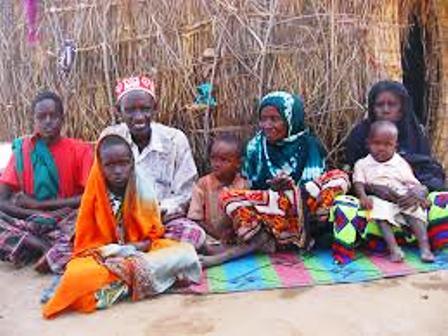
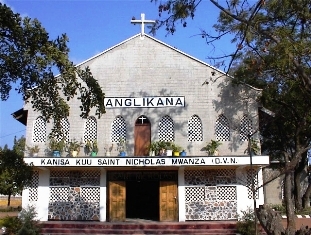







New! Comments
Have your say about what you just read! Leave me a comment in the box below.